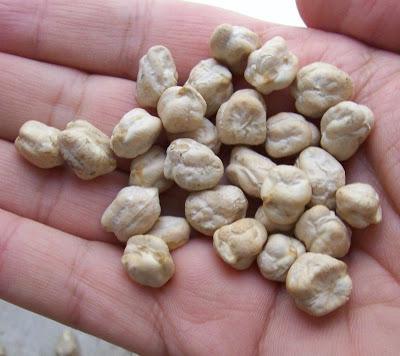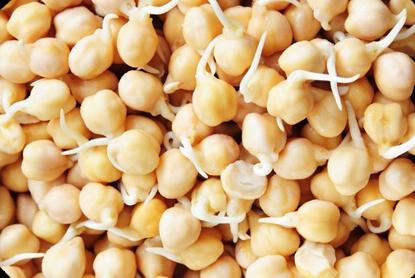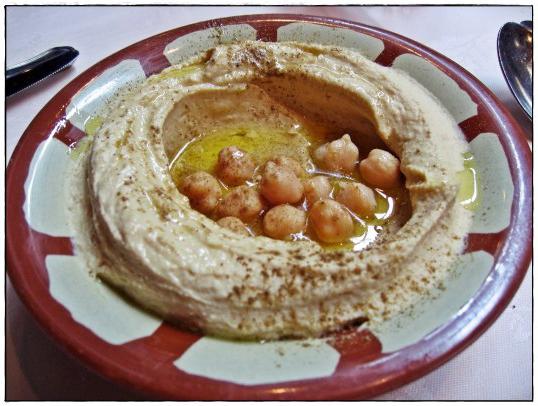Since ancient times, people have been using the beneficial properties of chickpeas, also called lamb or Turkish peas. The remains of chickpeas found in the Middle East during excavations of ancient settlements are 7.5 millennia. In Europe, chickpeas were eaten during the Bronze Age. The ancient Greeks and Romans endowed peas with an uneven surface with healing properties. Currently, this heat-loving leguminous crop is cultivated in the countries of Asia (India, Pakistan, China) and the African continent (Ethiopia, Tunisia, Morocco). Relatively small areas are occupied by mutton pea crops in America (Colombia, Mexico).
Chickpea Composition

The beneficial properties of chickpeas are directly dependent on the components that make up the fruits of this plant. 100 grams of peas contain
- carbohydrates (46.16);
- proteins (20.1);
- dietary fiber (9.9);
- water (14);
- fats (4.32);
- vitamins;
- minerals - calcium, potassium, sodium, phosphorus, magnesium, selenium, iron, manganese and zinc.
The energy value of Turkish peas is relatively high and amounts to 309 kilocalories.
Due to the content of a natural, balanced complex of amino acids, minerals and vitamins, chickpeas are among the most valuable legumes.
How to use the beneficial properties of chickpeas?

Turkish peas are successfully used by all those who care about their own health and the health of loved ones, as well as vegetarians. The correct use of amazing peas can positively affect the digestive system. Soluble dietary fiber contained in chickpeas form a substance in the digestive tract that removes bile along with cholesterol from the body. Insoluble fibers are effective in combating constipation, as they stimulate intestinal motility.
The beneficial properties of this representative of legumes, which incorporates iron, are used for the prevention and treatment of anemia. The oldest planetary culture today is a dietary prescription for diabetics, patients with diseases of the liver and gall bladder, and those exposed to radiation. For the prevention of stroke, heart attack, coronary heart disease, and people with heart and vascular diseases, doctors recommend introducing chickpeas into their daily diet. How to prepare a product to preserve its healing properties?

The secret to preparing a remedy for disease prevention is very simple. Rinse the chickpeas and leave them in the water overnight. By morning, the volume will increase, and sprouts will hatch from each bean. It is better to use the sprouted peas in raw form, you can cook them or use them for salads.
When cooking or frying, the beneficial properties of chickpeas are minimized, however, recipes for dishes from the seeds of this plant occupy a prominent place in many cuisines of the world. For example, the favorite dish of Israelis and Arabs is hummus. Lebanese first soak chickpeas, and then cook until cooked. To make the beans more tender and soft, add a little soda to the water. Boiled chickpeas are washed again, peeled and crushed. Complete the process of preparing hummus by adding salt, lemon and sesame oil.